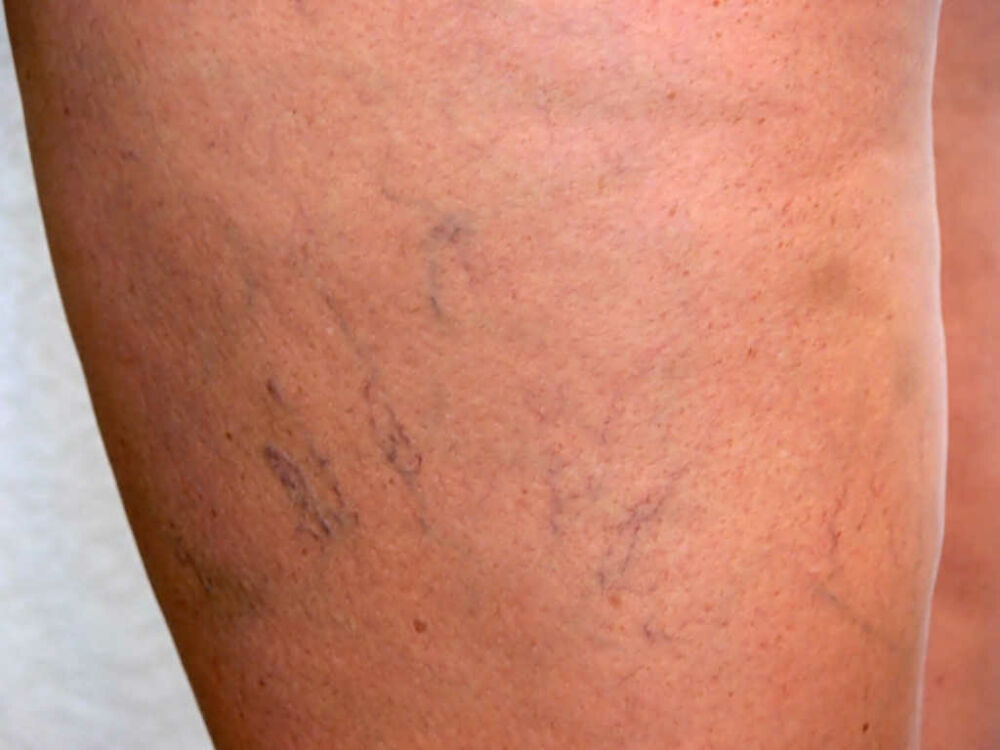
Are Those Varicose Veins or Spider Veins?
Though caused by the same venous disorder, varicose veins and spider veins have some distinct differences.

Compared to varicose veins, spider veins are usually not painful. But you still should consider getting them treated. Here’s why.
Varicose veins and spider veins develop from weakened valves in the leg veins. Weakened valves lose their strength to push blood upward to the heart, so blood backflows into the vein. As the blood pools, it stretches the veins outward, which turn into visible varicose veins and spider veins.
Varicose veins show up as raised, thick veins that often appear on the legs, while spider veins are thinner and flatter. Spider veins can also form on the face.
Spider veins are often considered a cosmetic issue for most people because they don’t usually cause symptoms. But itching, burning, aching, and cramping sensations around the spider veins can still occur. Sitting or standing for long periods can also worsen spider vein pain.
Even if your spider veins don’t cause you any discomfort, you should seek treatment since spider veins indicate a breakdown in your blood circulation that could result in complications.
Age, heredity, weight, and a sedentary lifestyle contribute to your risk of developing spider veins and varicose veins. Women are also more prone to spider veins because of the hormonal changes during pregnancy and menopause.
Although your spider veins may not cause pain or itching, you shouldn’t ignore them! If your spider veins begin to pinch or increase in size, you should consult a vein specialist. Skin discolorations around the spider veins further indicate a worsening of the condition.
Spider veins don’t turn into varicose veins. However, because both spider veins and varicose result from sluggish blood flow, it’s not uncommon to see both develop close together on the legs. Treatment will help maintain your vein health and prevent new varicose veins or spider veins from forming.
Luckily, you have both conservative and surgical options to reduce the appearance and symptoms of spider veins:
Compression stockings apply gentle pressure to promote blood flow in the leg veins.
Exercise is also good for your veins. Your veins need support in helping pump blood. Workouts that engage the calf muscles, such as walking, biking, and swimming, are especially beneficial. Working out can also shed excess pounds, which lifts the strain on your veins.
While compression stockings and lifestyle changes can improve your overall vein health, you will require a surgical procedure to eliminate your spider veins.
Center for Vein Restoration (CVR) offers a wide range of varicose vein and spider vein treatments performed by a certified vein specialist to fit your unique needs and lifestyle. These minimally invasive procedures require only local anesthesia and are performed as outpatient procedures.
You don’t have to live with the unpleasant side effects of varicose veins or spider veins. Contact one of our offices today for a consultation, or call 240-965-3915 to speak to a dedicated Patient Services Representative. If you prefer, you can easily schedule online.